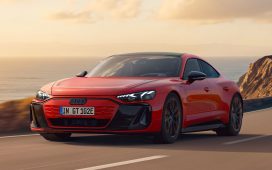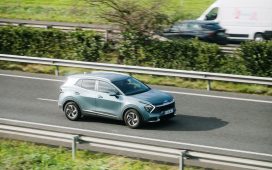“I see battery-electric vehicles as the ones scaling up on the new passenger car side. As for carbon-reduced fuels, all the way to zero-carbon fuels, aviation will need them, along with areas such as shipping. On the path to 100% zero-emission vehicles being sold, there is still going to be a car parc of 1.5 billion to two billion [existing ICE] vehicles. If you want to lower the burden of those vehicles, carbon-reduced fuels make sense. But windmill to wheel, the efficiency of an EV is 70% greater than e-fuel.
“Plus, I have not yet seen an industrial-scale effort to take CO2 out of the atmosphere, which you need to make it truly circular. To make those fuels really circular, you need to take millions and millions of tonnes of CO2 out of the atmosphere. It’s not an easy task. It’s not an inexpensive task. I think it’s way into the 2030s before that is industrialised. Whereas BEV is happening now.”
How important is autonomous driving to Mercedes?

“We have super-sophisticated level-two-plus systems that are getting better and better, but with the clear distinction that it is the driver that is responsible. I see exciting developments there.
“Now, Mercedes is the first manufacturer to take baby steps into autonomous driving where it’s actually the computer driving – it’s responsible and it takes liability. That’s a big jump. We introduced Highway Drive Pilot in Germany and now the US in the S-Class and EQS, and we’re looking at increasing it. It only works at lower speeds, but in traffic you can turn it on and read your WhatsApp messages or whatever you want to do.











